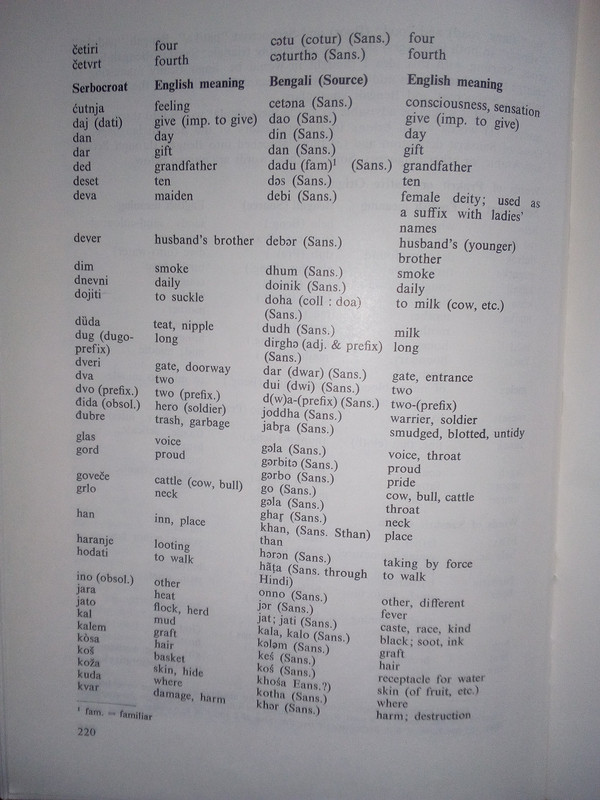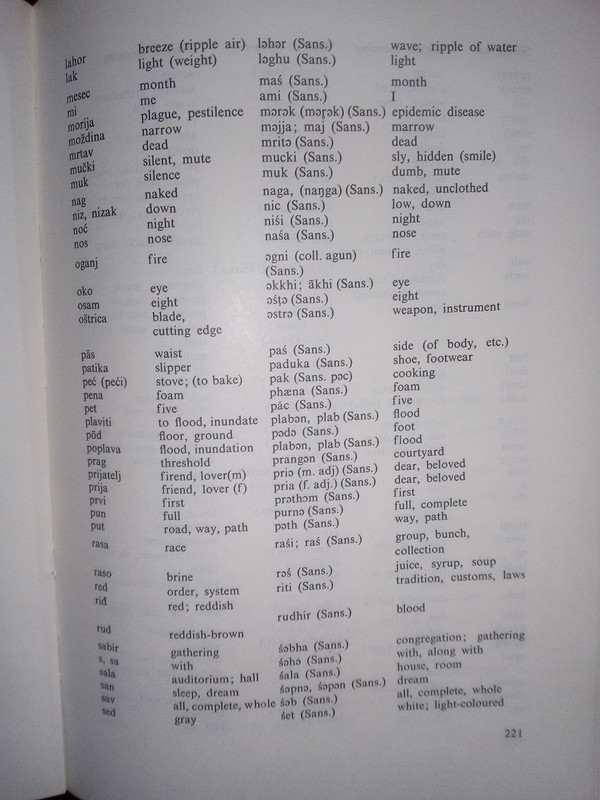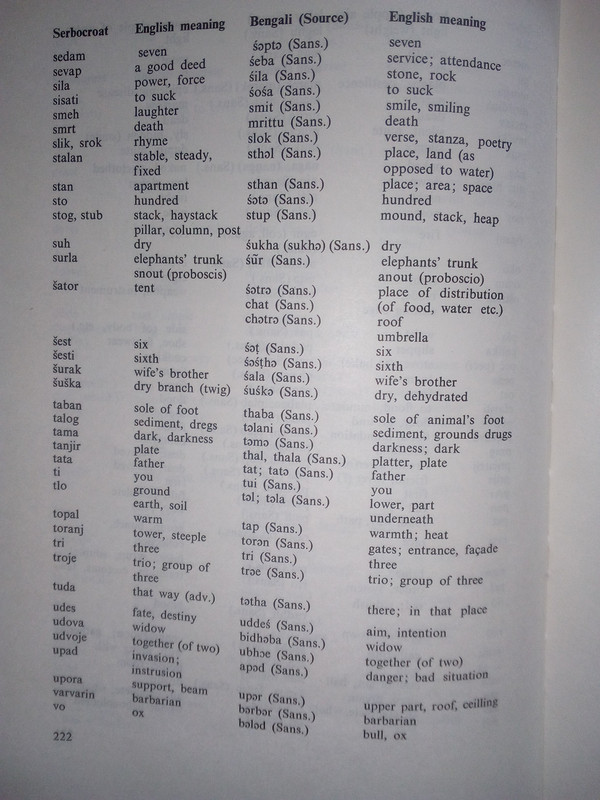Whitney, William Dwight
The roots, verb-forms, and primary derivatives of the Sanskrit language. A supplement to his Sanskrit grammar
пдф
Verb roots (in sanskrit)
- the basic element from which a verb grows
- Most verb roots are just one syllable long.
- In Sanskrit, a single verb root can be the origin of hundreds of new words.
- This single verb root transforms into these words by a rigorous and straightforward process.
- There are about 2000 different verb roots in the traditional list.
- Of these 2000 verb roots, only about 800 have actually been seen in Sanskrit literature.
How do we find roots?
If we compare verb stems like bodha, smara, and hasa, we notice that all of them end in a, making it unlikely that a is a fundamental part of the verb. So, we could say that bodh, smar, and has are our verb roots.
Irregular Roots
Now consider the verb stem gaccha. What is its root? Based on the verbs above, we might guess that the root is gacch. However, Sanskrit scholars say that the root is gam. How could this happen? Why can't the root of gacchati simply be gacch? This is a good question with a complicated answer. The simple version of that answer is that verb roots represent how a verb appears in certain contexts. For example, gam can form other words like gamana, with no cch sound at all. With regard to Sanskrit grammar as a whole, it is easier to say that the root is gam.
The roots, verb-forms, and primary derivatives of the Sanskrit language. A supplement to his Sanskrit grammar
пдф
Verb roots (in sanskrit)
- the basic element from which a verb grows
- Most verb roots are just one syllable long.
- In Sanskrit, a single verb root can be the origin of hundreds of new words.
- This single verb root transforms into these words by a rigorous and straightforward process.
- There are about 2000 different verb roots in the traditional list.
- Of these 2000 verb roots, only about 800 have actually been seen in Sanskrit literature.
How do we find roots?
If we compare verb stems like bodha, smara, and hasa, we notice that all of them end in a, making it unlikely that a is a fundamental part of the verb. So, we could say that bodh, smar, and has are our verb roots.
Irregular Roots
Now consider the verb stem gaccha. What is its root? Based on the verbs above, we might guess that the root is gacch. However, Sanskrit scholars say that the root is gam. How could this happen? Why can't the root of gacchati simply be gacch? This is a good question with a complicated answer. The simple version of that answer is that verb roots represent how a verb appears in certain contexts. For example, gam can form other words like gamana, with no cch sound at all. With regard to Sanskrit grammar as a whole, it is easier to say that the root is gam.




